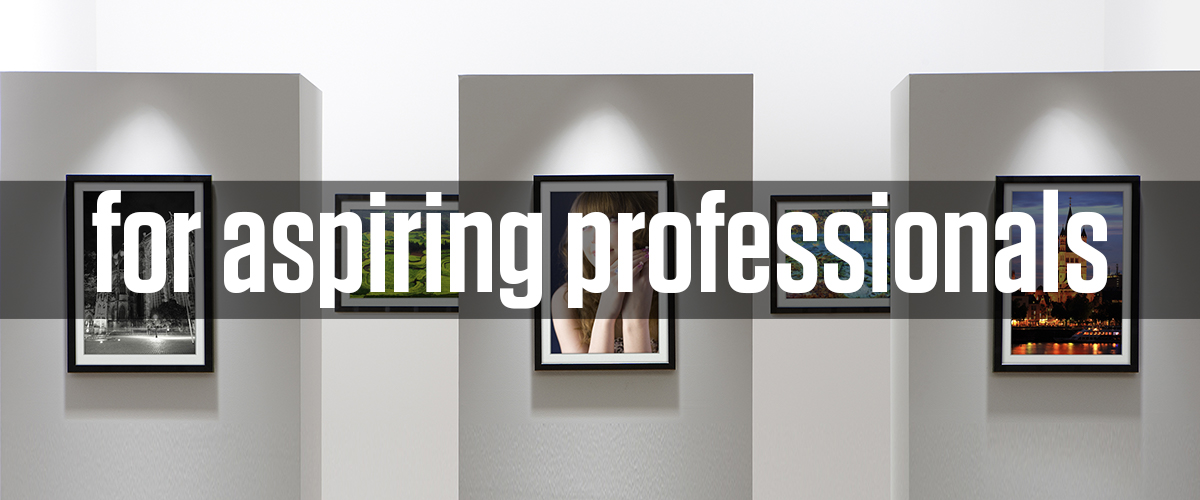Photo Printing

Whether you just got back from that long-awaited holiday or a day at the beach, nothing preserves your memories better than a printed photograph.
What to look for in a home photo printer:
-
- Printers with individual inks are cheaper to run as you only replace the colours that actually run out.
- Make sure that your printer supports borderless printing; unless you prefer having borders on your photos.
- Multiple connectivity options will make your life easier, these include Bluetooth, Wi-Fi and sometimes printers also have built-in memory card readers.
If you can’t wait until you get home to print your photos, then there’s something in there for you too.

If you are looking into turning photography from a hobby to a side-hustle or would like to showcase those gorgeous landscapes you travelled halfway around the globe to capture; let’s just say postcard size photos just won’t cut it.
What to look for in a semi-professional photo printing:
-
- Larger media handling (A3+) opens up greater possibilities, unleashing your photographic potential.
- The more ink colours it has, the more colours it can reproduce. This means better colour fidelity.
- It is ideal to keep an eye out for the number of monochrome inks as well as these will give smoother gradation in black & white prints.

In a market where quality is everything, the best way to stay ahead is to complement your photographic works with professional quality prints.
What to look for in a professional photo printer:
-
- Media handling is even more crucial here and anything less than A2 just won’t cut it.
- Canon photo printers come with built-in countermeasures against bronzing and metamerism. These are usually the factors that kill an inkjet photo print.
- Larger ink tanks make for lower running costs without compromising quality, you should keep that in mind.

Whether you just got back from that long-awaited holiday or a day at the beach, nothing preserves your memories better than a printed photograph.
What to look for in a home photo printer:
- Printers with individual inks are cheaper to run as you only replace the colours that actually run out.
- Make sure that your printer supports borderless printing; unless you prefer having borders on your photos.
- Multiple connectivity options will make your life easier, these include Bluetooth, Wi-Fi and sometimes printers also have built-in memory card readers.
If you can’t wait until you get home to print your photos, then there’s something in there for you too.

If you are looking into turning photography from a hobby to a side-hustle or would like to showcase those gorgeous landscapes you travelled halfway around the globe to capture; let’s just say postcard size photos just won’t cut it.
What to look for in a semi-professional photo printing:
- Larger media handling (A3+) opens up greater possibilities, unleashing your photographic potential.
- The more ink colours it has, the more colours it can reproduce. This means better colour fidelity.
- It is ideal to keep an eye out for the number of monochrome inks as well as these will give smoother gradation in black & white prints.

In a market where quality is everything, the best way to stay ahead is to complement your photographic works with professional quality prints.
What to look for in a professional photo printer:
- Media handling is even more crucial here and anything less than A2 just won’t cut it.
- Canon photo printers come with built-in countermeasures against bronzing and metamerism. These are usually the factors that kill an inkjet photo print.
- Larger ink tanks make for lower running costs without compromising quality, you should keep that in mind.



